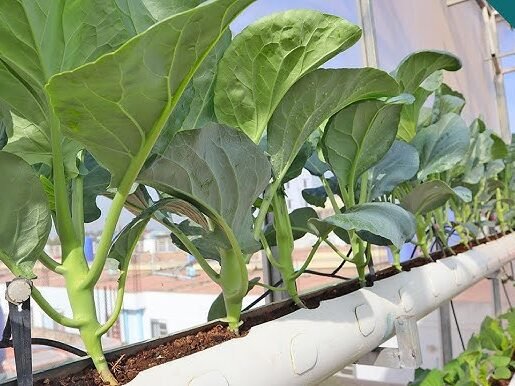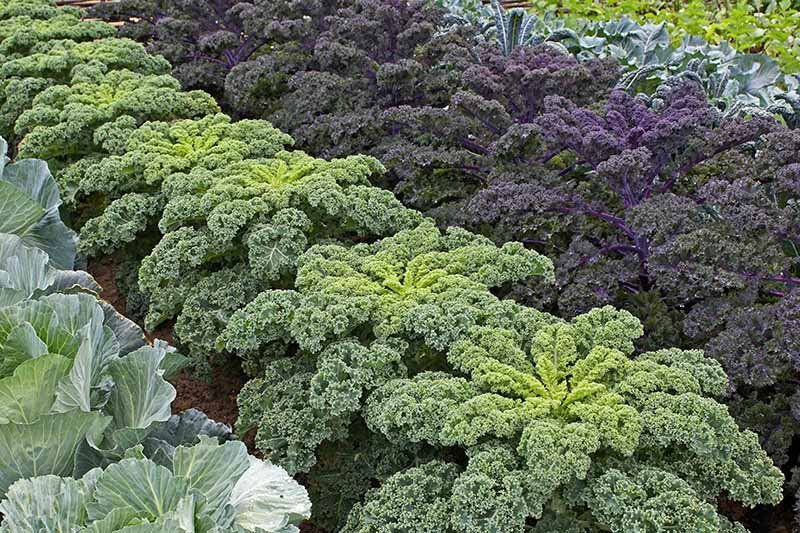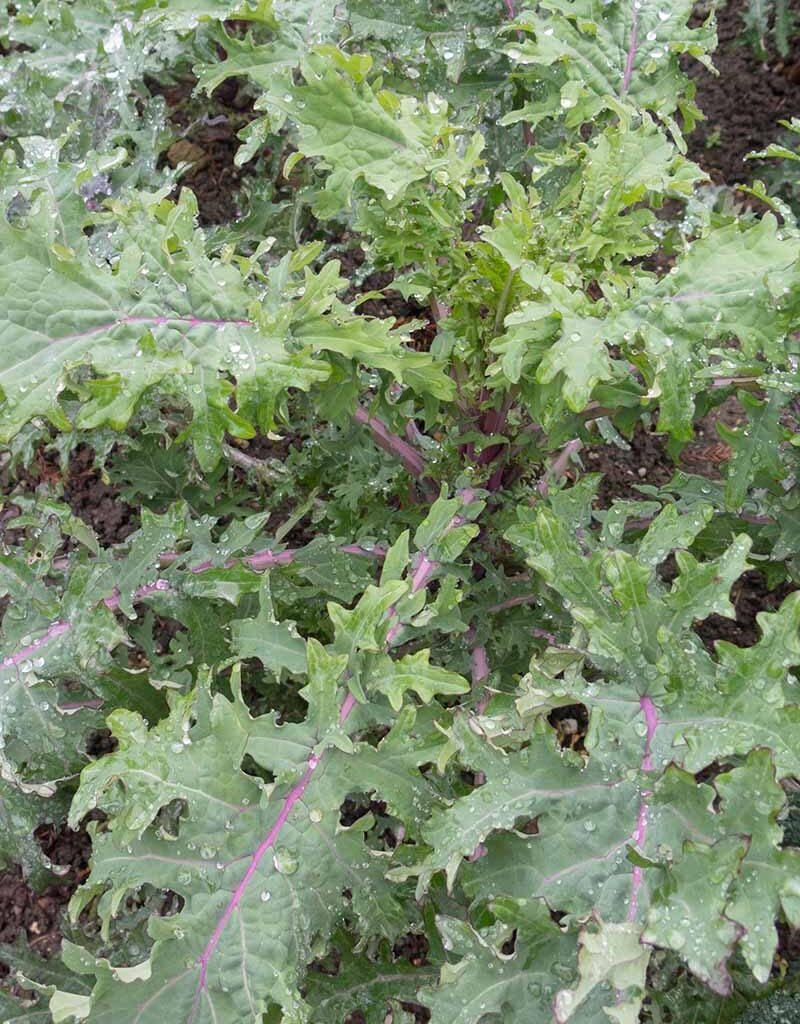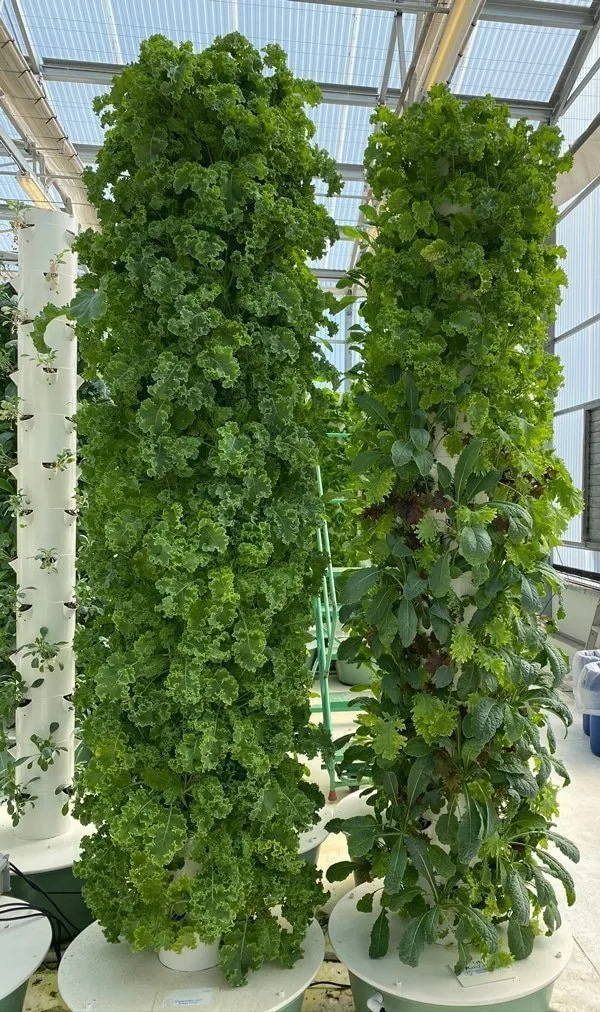When it comes to leafy greens, Americans often reach for kale, spinach, or collard greens. But there’s another vibrant vegetable quietly gaining recognition in health-conscious households and restaurants across the U.S.—Chinese kale, also known as Gai Lan.
Chinese kale is a nutrient-rich, versatile green vegetable that brings together the best of both worlds: the earthy, robust flavor of kale and the tender crunch of broccoli. With its glossy leaves, crisp stems, and slight bitterness balanced by a hint of sweetness, Chinese kale adds depth to everything from stir-fries to salads and soups.
As American consumers continue to embrace global cuisines and plant-based eating, Chinese kale is emerging as a star ingredient for anyone looking to eat healthier without sacrificing flavor.
In this detailed guide, we’ll explore what makes Chinese kale unique, its impressive health benefits, cooking methods, and why it deserves a spot in your kitchen.
What Is Chinese Kale (Gai Lan)?

Chinese kale—scientifically known as Brassica oleracea var. alboglabra—is a leafy green vegetable native to China and a close relative of broccoli. In fact, it’s sometimes called Chinese broccoli, though it’s not the same as the broccoli we commonly find in U.S. grocery stores.
It features thick green stems, glossy leaves, and small florets that resemble baby broccoli heads. The entire plant is edible, and its flavor is slightly more intense and earthy than regular kale. When cooked, Chinese kale develops a pleasant sweetness and tender texture that pairs beautifully with garlic, soy sauce, and oyster sauce—classic staples in Asian cooking.
Over the last decade, it’s become more common in American supermarkets, Asian grocery stores, and even farm-to-table restaurants focusing on fusion cuisine and healthy greens.
Nutritional Benefits of Chinese Kale
Don’t let its delicate look fool you—Chinese kale is a nutritional powerhouse packed with essential vitamins, minerals, and antioxidants that support total body wellness.
1. Rich in Vitamins and Minerals
Chinese kale is loaded with vitamins A, C, and K, along with folate, calcium, iron, and potassium. These nutrients contribute to strong bones, a healthy immune system, and improved blood circulation.
2. Excellent Source of Antioxidants
It contains compounds like beta-carotene, lutein, and sulforaphane, which help neutralize harmful free radicals, reducing the risk of chronic diseases.
3. Supports Heart Health
With its high fiber and potassium content, Chinese kale helps regulate cholesterol and blood pressure, making it an excellent food for heart-conscious eaters.
4. Promotes Healthy Digestion
Chinese kale’s fiber content supports gut health, promoting smooth digestion and a balanced microbiome.
5. Great for Weight Management
Low in calories and carbs but high in fiber and water, Chinese kale helps you feel full longer, aiding in healthy weight control.
6. Enhances Skin and Vision Health
Thanks to its vitamin A and antioxidant profile, this leafy green helps maintain healthy skin and good eyesight, while its vitamin C content supports collagen production.
Chinese Kale vs. Regular Kale vs. Broccoli

You might be wondering—how does Chinese kale stack up against its more famous relatives? Let’s compare:
| Type | Appearance | Flavor | Texture | Common Uses |
|---|---|---|---|---|
| Chinese Kale (Gai Lan) | Thick stems, glossy leaves, small florets | Slightly bitter, mildly sweet | Tender with crisp stems | Stir-fries, soups, steamed sides |
| Curly Kale | Ruffled leaves, dark green | Earthy, bitter | Tough and fibrous | Smoothies, chips, salads |
| Broccoli | Thick stalk, large florets | Mild and nutty | Firm and crunchy | Steamed, roasted, casseroles |
Chinese kale bridges the gap between kale and broccoli—it has the leafiness of kale and the succulent crunch of broccoli, making it perfect for both Asian and Western cooking styles.
Culinary Uses: How to Cook Chinese Kale
Chinese kale’s versatility allows it to shine in countless dishes. Whether you’re stir-frying, steaming, or grilling, it’s easy to make this green vegetable taste amazing.
Here are some delicious ways to enjoy it:
1. Garlic Stir-Fried Chinese Kale (Gai Lan with Garlic)
This is the most classic way to prepare Chinese kale. Sauté chopped stems and leaves with minced garlic, a drizzle of soy sauce, and a dash of sesame oil. The result is a fragrant, savory side dish that pairs well with rice, noodles, or grilled protein.
2. Chinese Kale with Oyster Sauce
Blanch the kale briefly until tender-crisp, then top it with a mixture of oyster sauce, sesame oil, and garlic. It’s a popular dish in Chinese-American restaurants—simple, healthy, and full of umami flavor.
3. Stir-Fried Chinese Kale and Tofu
Combine stir-fried kale with tofu cubes, ginger, and a light soy glaze for a plant-based meal packed with protein and fiber.
4. Noodle Bowls with Chinese Kale
Add chopped Gai Lan to ramen, udon, or soba noodles. The greens’ tender leaves add freshness and color to warm broths or stir-fried noodle dishes.
5. Chinese Kale Salad with Sesame Dressing
Shred blanched Chinese kale and toss it with a sesame-soy vinaigrette, toasted peanuts, and sliced cucumber for a crisp, refreshing salad.
6. Grilled Chinese Kale with Lemon and Olive Oil
Brush kale leaves with olive oil, grill them lightly, and squeeze fresh lemon juice on top. This unexpected preparation brings out its smoky sweetness.
Cooking Tips for the Best Results

- Trim the stems before cooking, as they can be thicker than the leaves. Slice them diagonally for quicker, even cooking.
- Don’t overcook. Chinese kale should remain slightly crisp for the best texture and flavor.
- Add acid. A splash of vinegar or lemon juice brightens its earthy taste.
- Pair with aromatics. Garlic, ginger, chili flakes, and sesame oil enhance its natural flavors beautifully.
- Steam or blanch before stir-frying to retain the vibrant green color and tender texture.
Buying and Storing Chinese Kale
Finding fresh Chinese kale is becoming easier across America, especially at Asian supermarkets, farmers’ markets, and organic grocers.
Here’s how to select and store it properly:
- Look for: Firm stems, deep green leaves, and no yellowing or wilting.
- Avoid: Soft stems or leaves with dark spots or mushy texture.
- Storage: Wrap unwashed Chinese kale in a damp paper towel, place it in a plastic bag, and refrigerate in the crisper drawer. It stays fresh for up to 5–7 days.
- Freezing Tip: Blanch for 2 minutes, then freeze in airtight containers for later use in soups and stir-fries.
Growing Chinese Kale at Home

If you love gardening, Chinese kale is an easy and rewarding vegetable to grow—even for beginners. It’s a cool-season crop that thrives in mild climates, similar to traditional kale and broccoli.
Steps to Grow Chinese Kale:
- Planting: Sow seeds directly into the ground about ¼ inch deep. You can also start indoors and transplant later.
- Soil: Use well-draining, fertile soil rich in organic compost.
- Sunlight: Gai Lan prefers full sunlight (at least 6 hours per day).
- Watering: Keep the soil evenly moist but not waterlogged.
- Harvesting: Cut leaves and stems when they reach 8–10 inches tall—usually within 55–70 days after planting.
Homegrown Chinese kale tastes fresher and sweeter, perfect for quick sautés or steaming.
Chinese Kale in American Cuisine
With the rise of Asian-inspired dishes and the popularity of farm-to-table cooking, Chinese kale has found a new fan base in the U.S. Culinary enthusiasts and chefs are adding it to everything from grain bowls and tacos to smoothies and pasta dishes.
In high-end restaurants, it’s being used as a substitute for spinach or kale in sautéed sides, lending a more refined flavor and texture. Meanwhile, health-conscious Americans appreciate it as a superfood alternative that’s easy to cook, full of nutrients, and great for weight management.
Health Trends: Why Americans Love Chinese Kale

Chinese kale fits perfectly into modern American diets emphasizing plant-based, gluten-free, and low-calorie meals. It’s a natural fit for:
- Vegan and vegetarian diets: A great source of iron and calcium.
- Keto and low-carb diets: Very low in carbs, yet filling.
- Detox and clean-eating programs: Rich in chlorophyll and antioxidants.
Its versatility, health benefits, and quick-cooking nature make it one of the most exciting greens to add to your weekly meal rotation.
Conclusion: The Green You’ll Keep Coming Back To
Chinese kale is more than just another leafy green—it’s a flavorful, nutrient-rich powerhouse that deserves a permanent place in your kitchen. Its mild bitterness, satisfying crunch, and ability to absorb bold flavors make it ideal for everything from weeknight stir-fries to elegant side dishes.
As American kitchens continue to embrace global ingredients, Chinese kale stands out as a supergreen that’s both authentic and adaptable, nourishing and delicious.
So the next time you’re in the produce aisle, skip the ordinary and reach for Chinese kale—your body (and taste buds) will thank you.






Leave A Comment